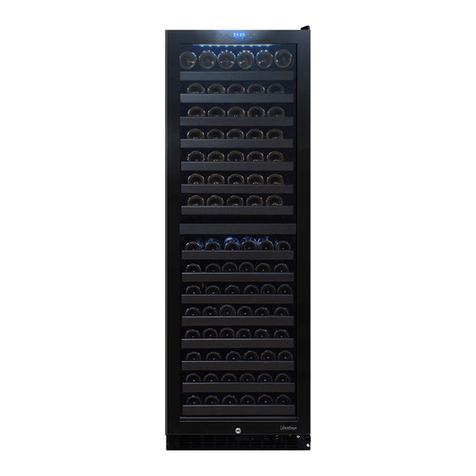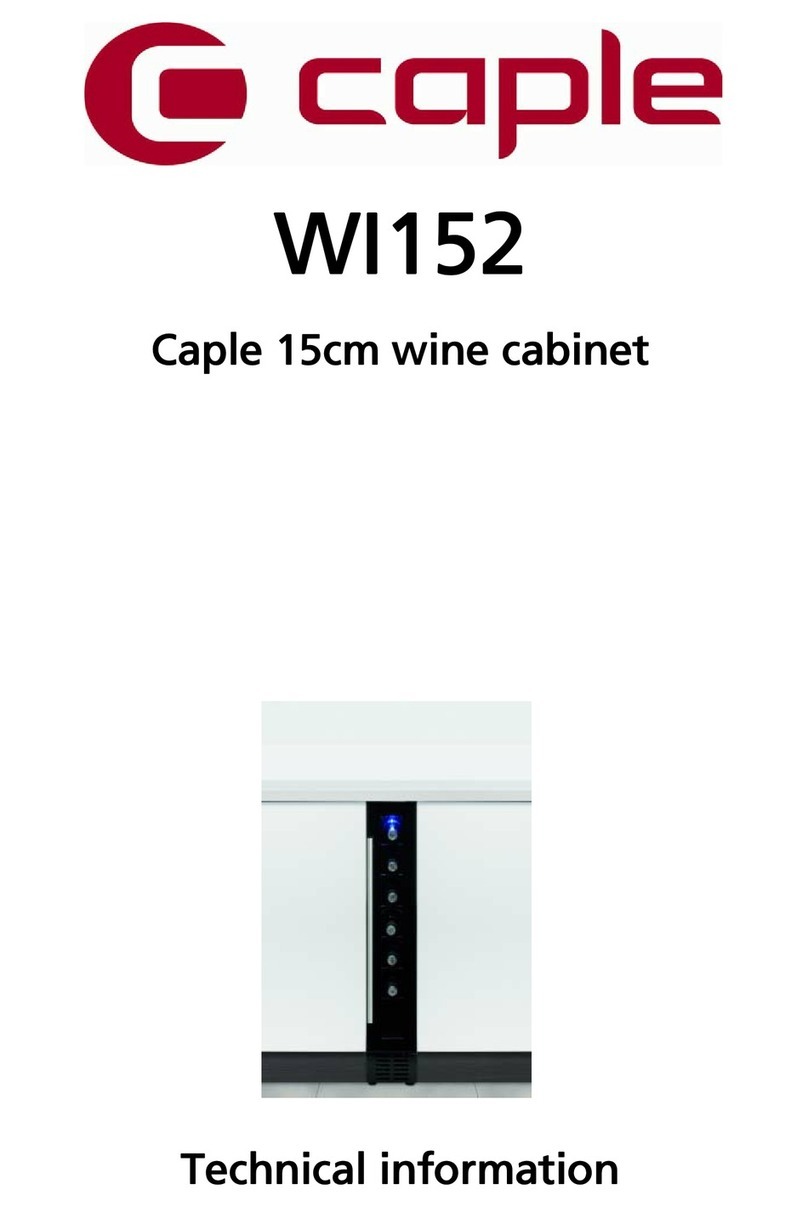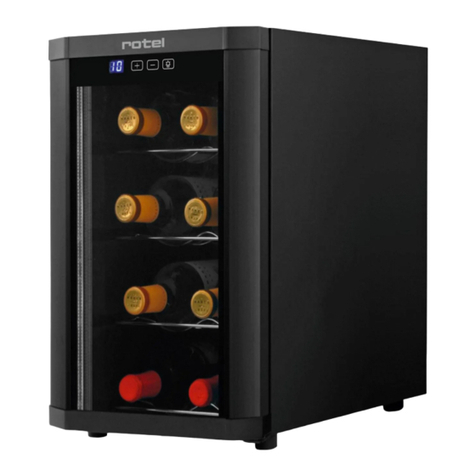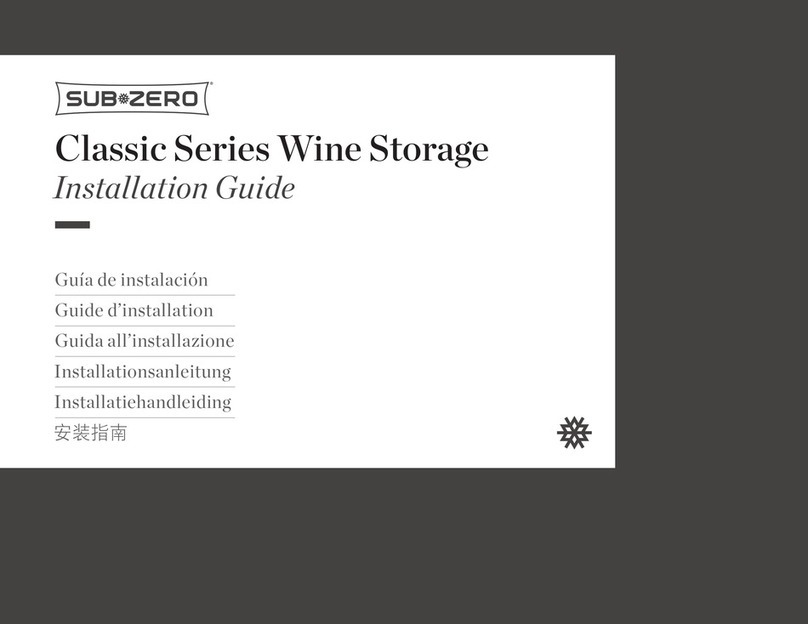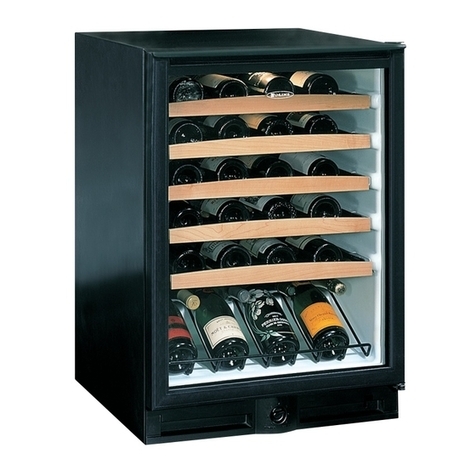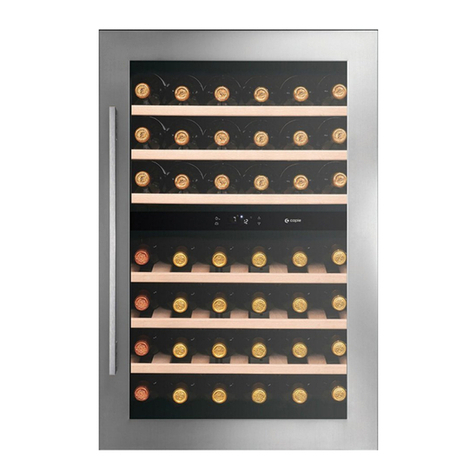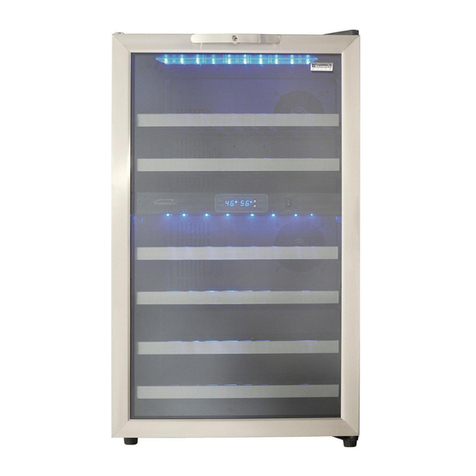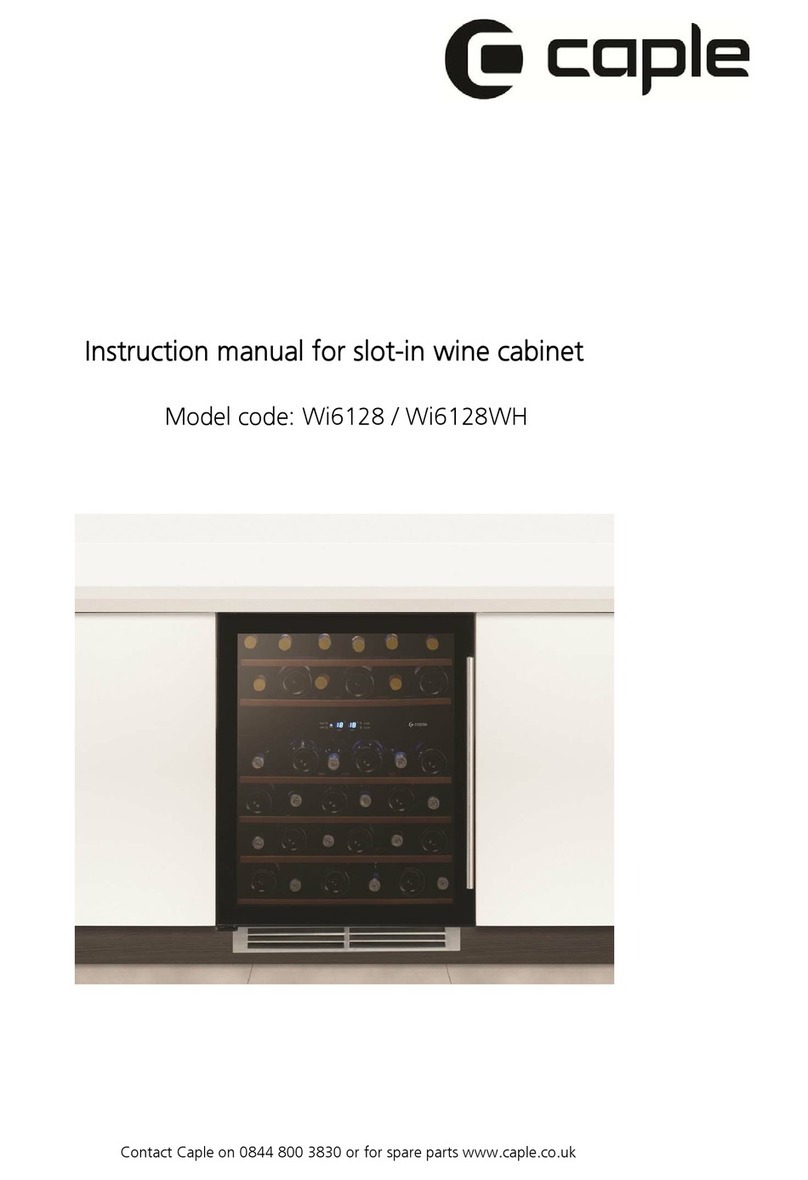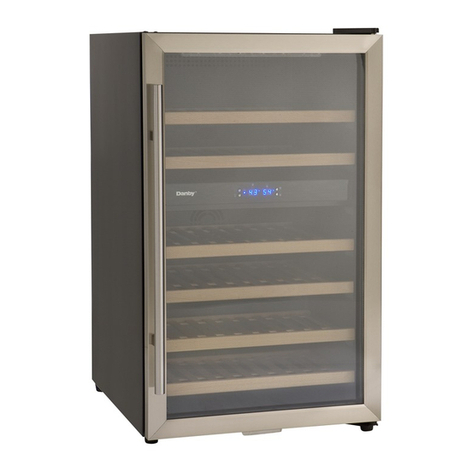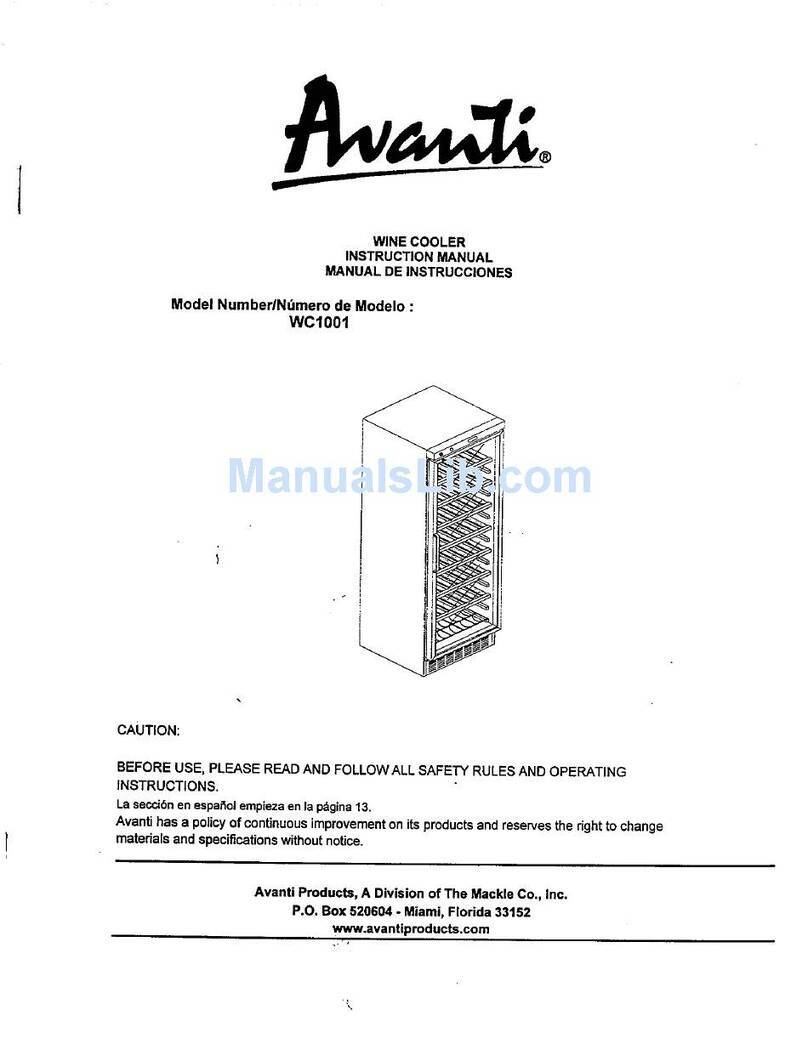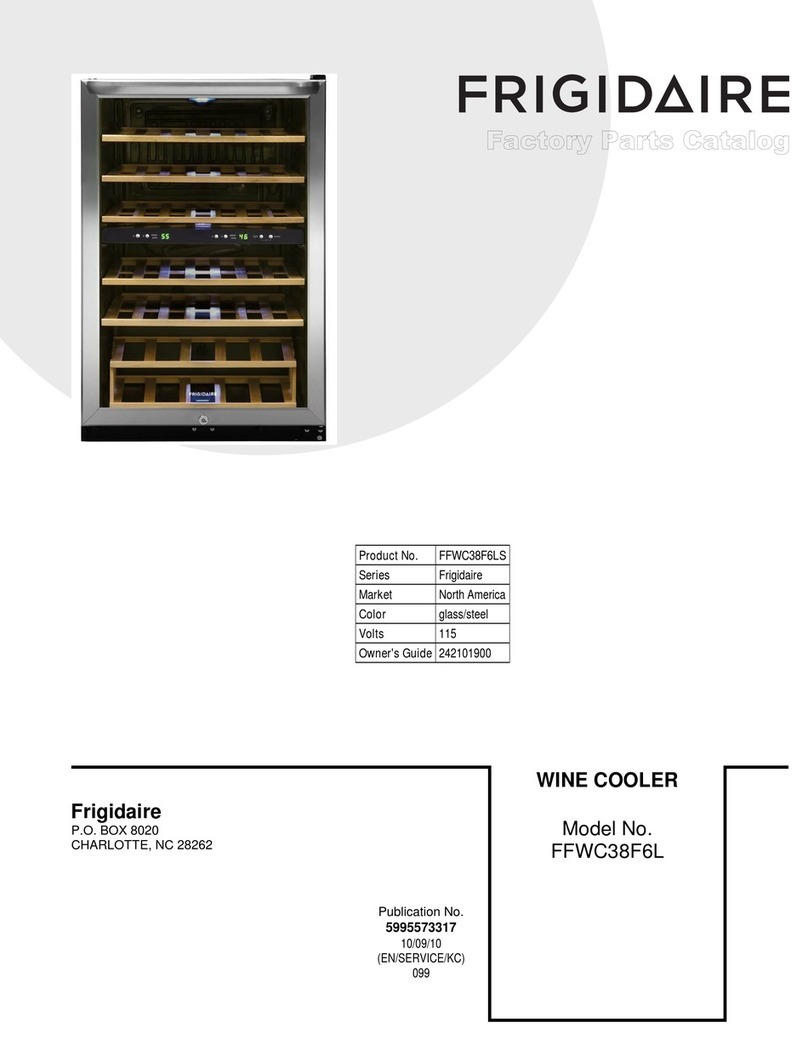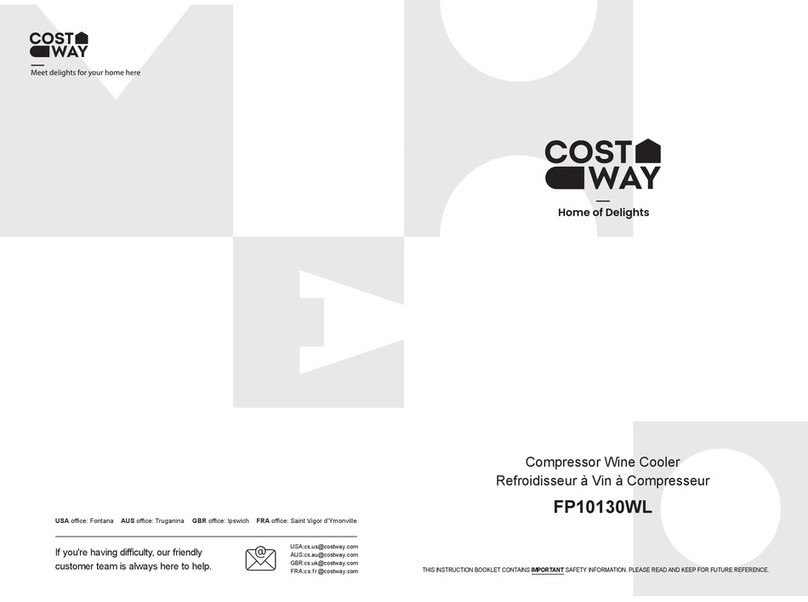Vinotemp 1500CD User manual
Other Vinotemp Wine Cooler manuals

Vinotemp
Vinotemp VT-45 User manual

Vinotemp
Vinotemp VT-12TSP - 2Z User manual
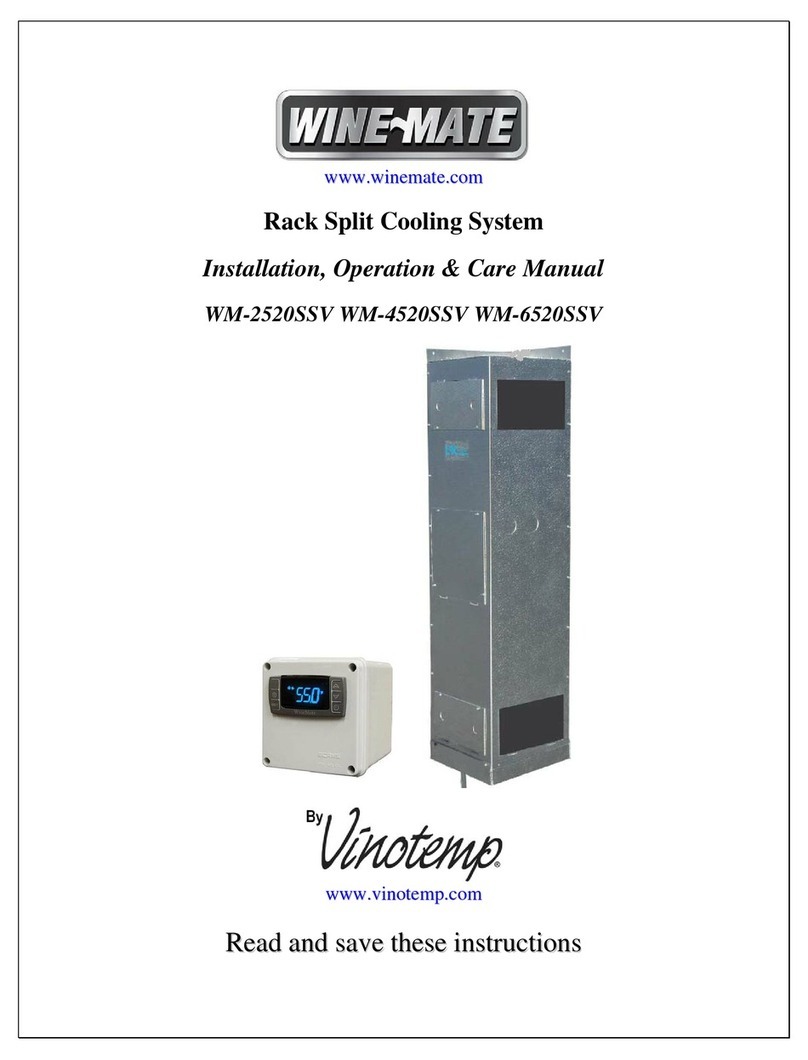
Vinotemp
Vinotemp Wine-Mate WM-6520SSV User manual
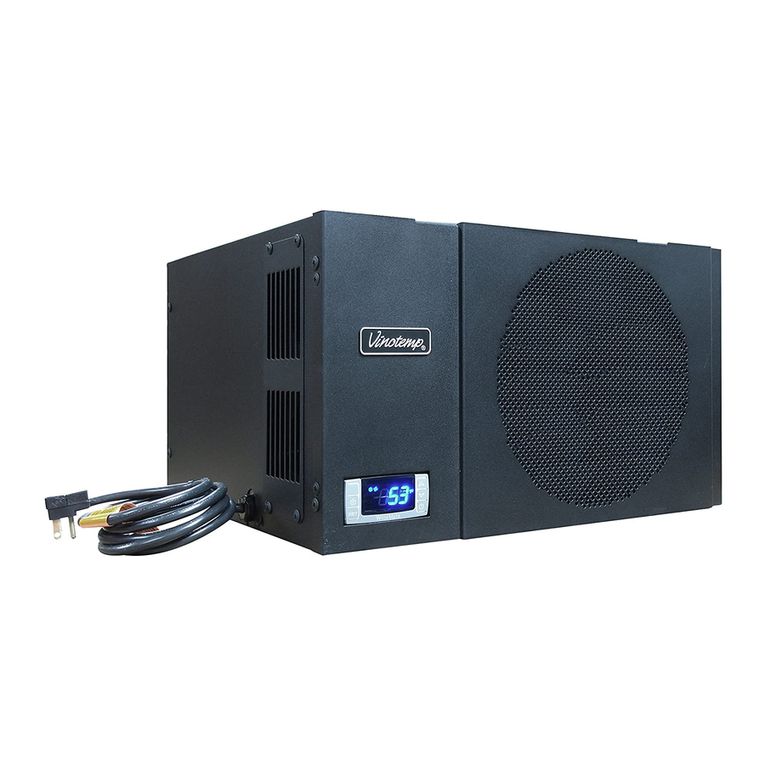
Vinotemp
Vinotemp WINE-MATE WM-1500HTD User manual

Vinotemp
Vinotemp VT-50SD-SB User manual
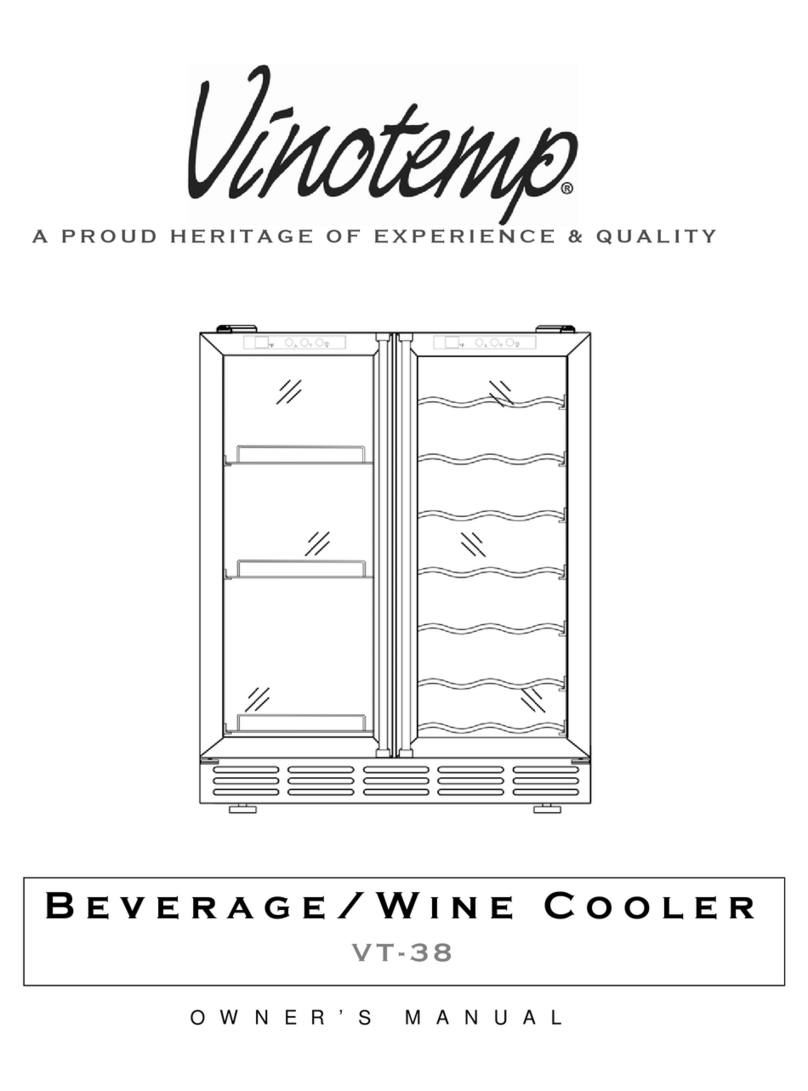
Vinotemp
Vinotemp VT-38 User manual

Vinotemp
Vinotemp VT-12TEDS User manual
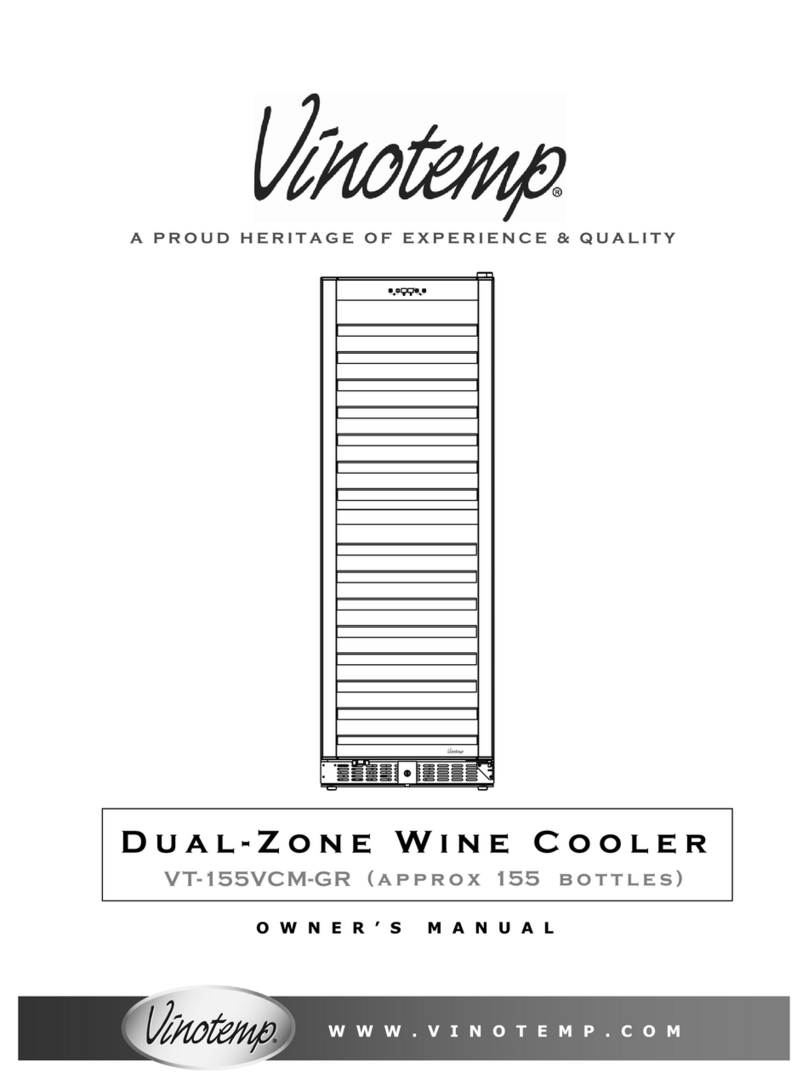
Vinotemp
Vinotemp VT-155VCM-GR User manual
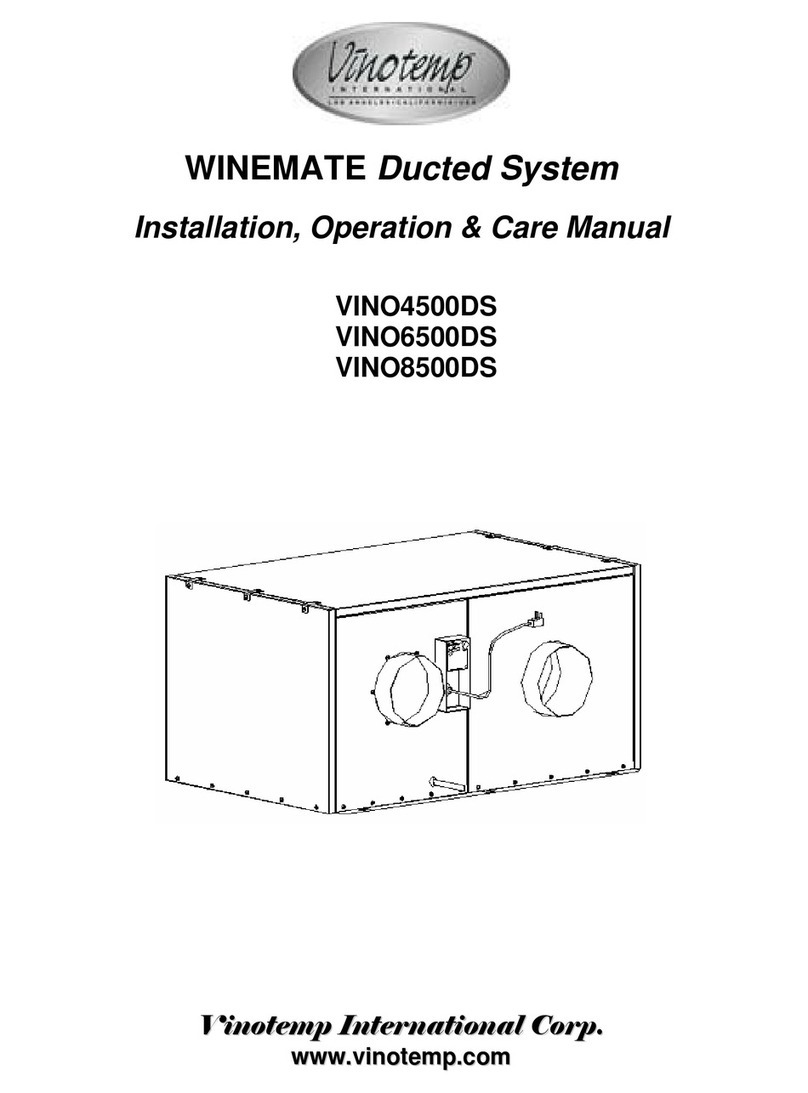
Vinotemp
Vinotemp 4500DS User manual
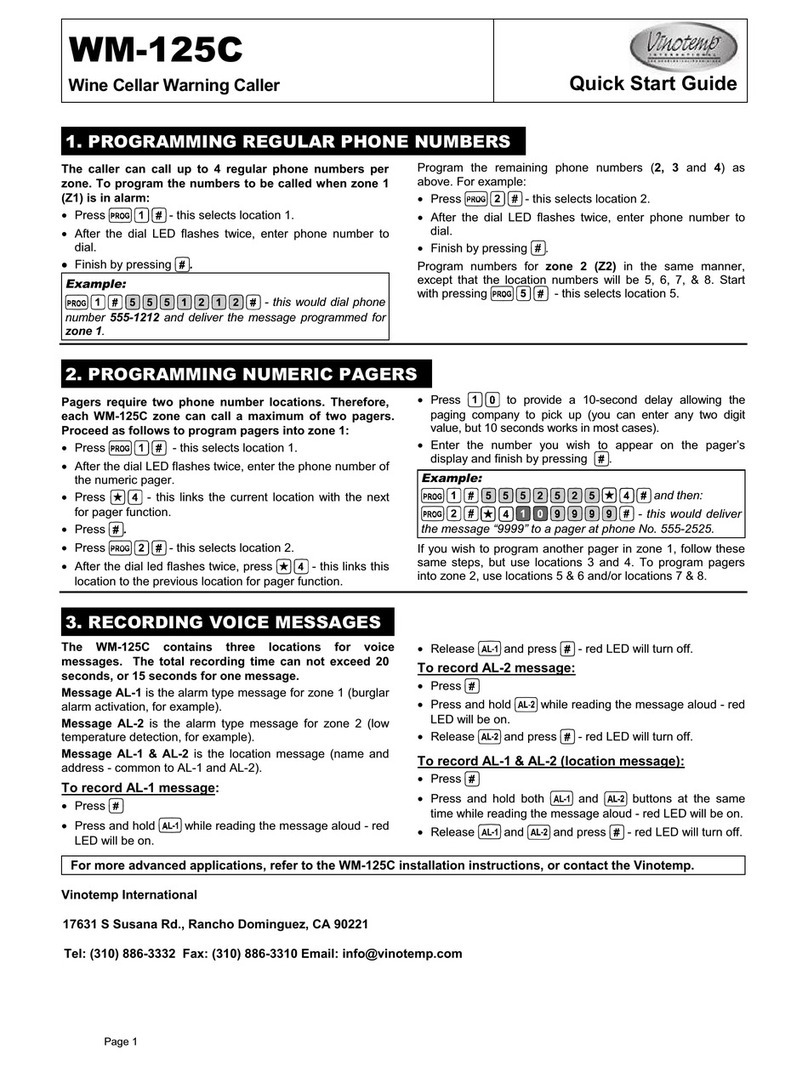
Vinotemp
Vinotemp WM-125C User manual

Vinotemp
Vinotemp WM-3520HZD Instructions for use
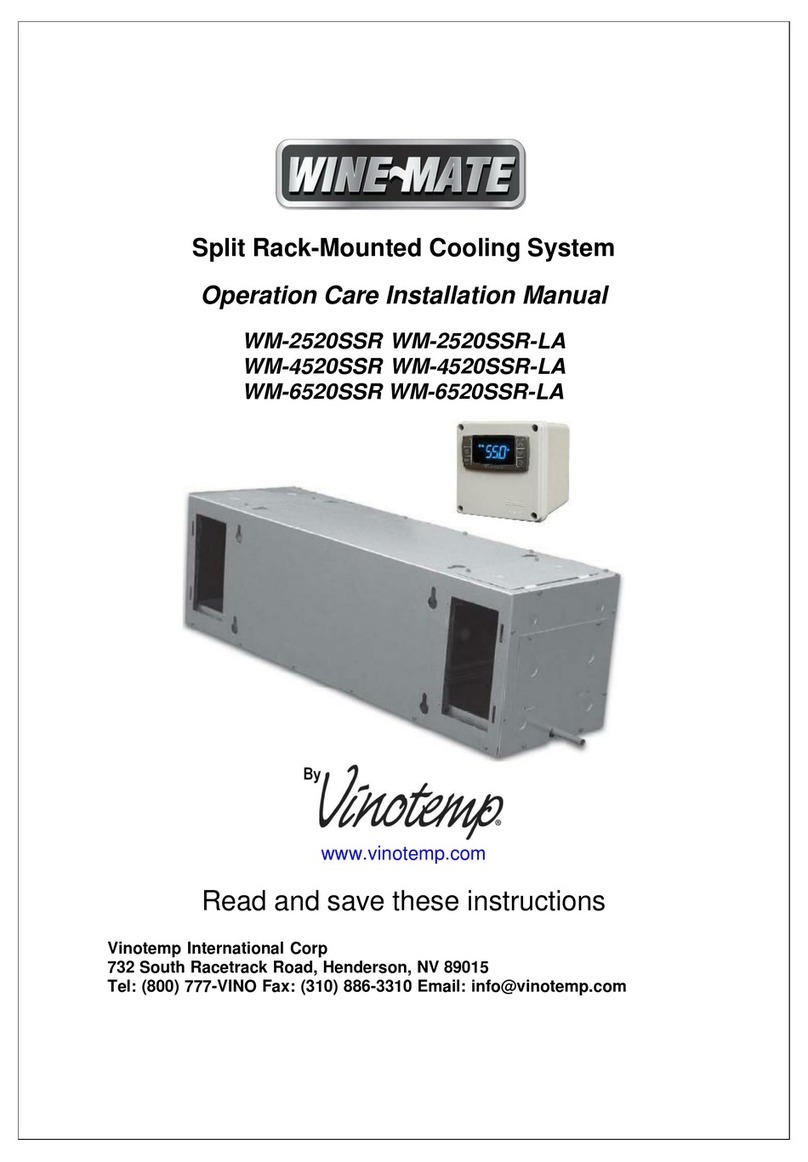
Vinotemp
Vinotemp Wine-Mate WM-2520SSR Installation guide

Vinotemp
Vinotemp VT-26BC User manual
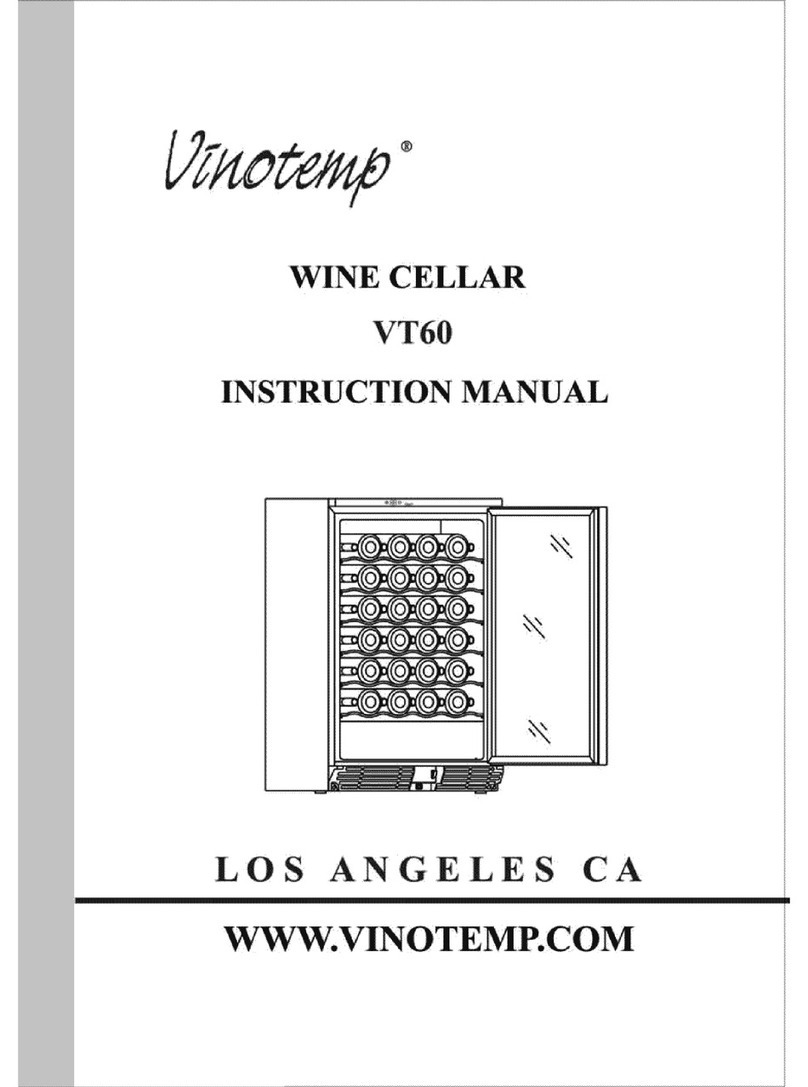
Vinotemp
Vinotemp VT60 User manual
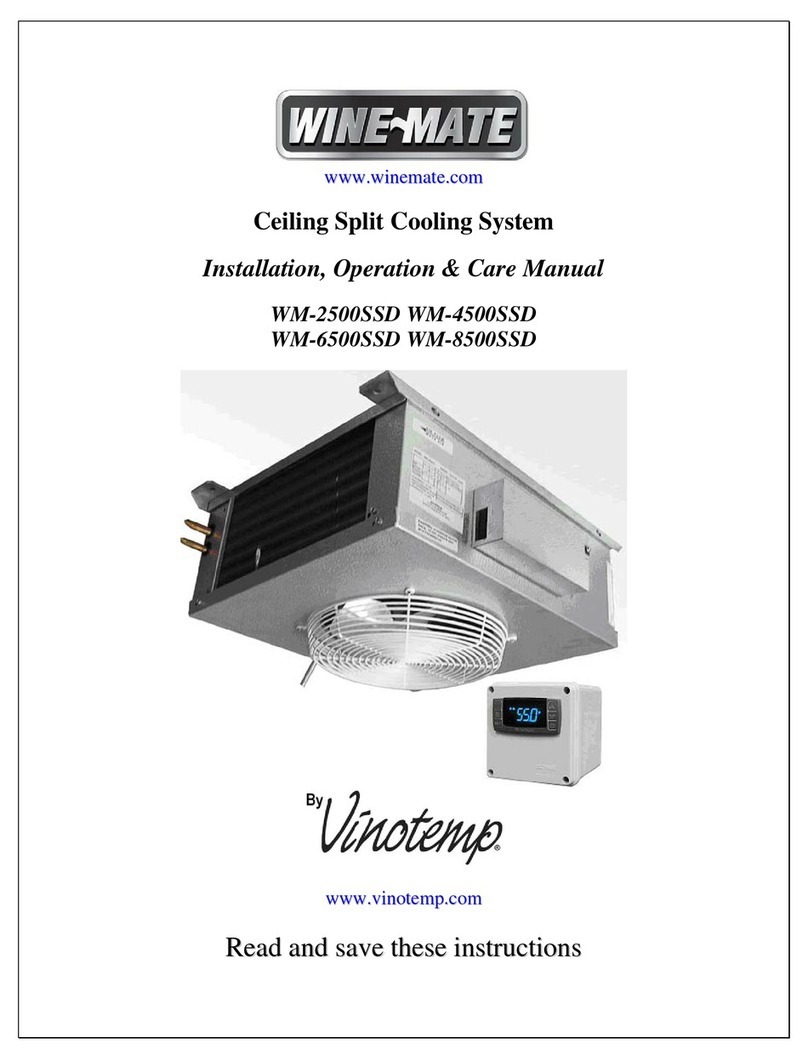
Vinotemp
Vinotemp Wine-Mate WM-2500SSD User manual

Vinotemp
Vinotemp VT-34-2Z User manual

Vinotemp
Vinotemp Wine-Mate Series Installation guide

Vinotemp
Vinotemp VT- 36 User manual

Vinotemp
Vinotemp WINE-MATE VINO2500SSD User manual
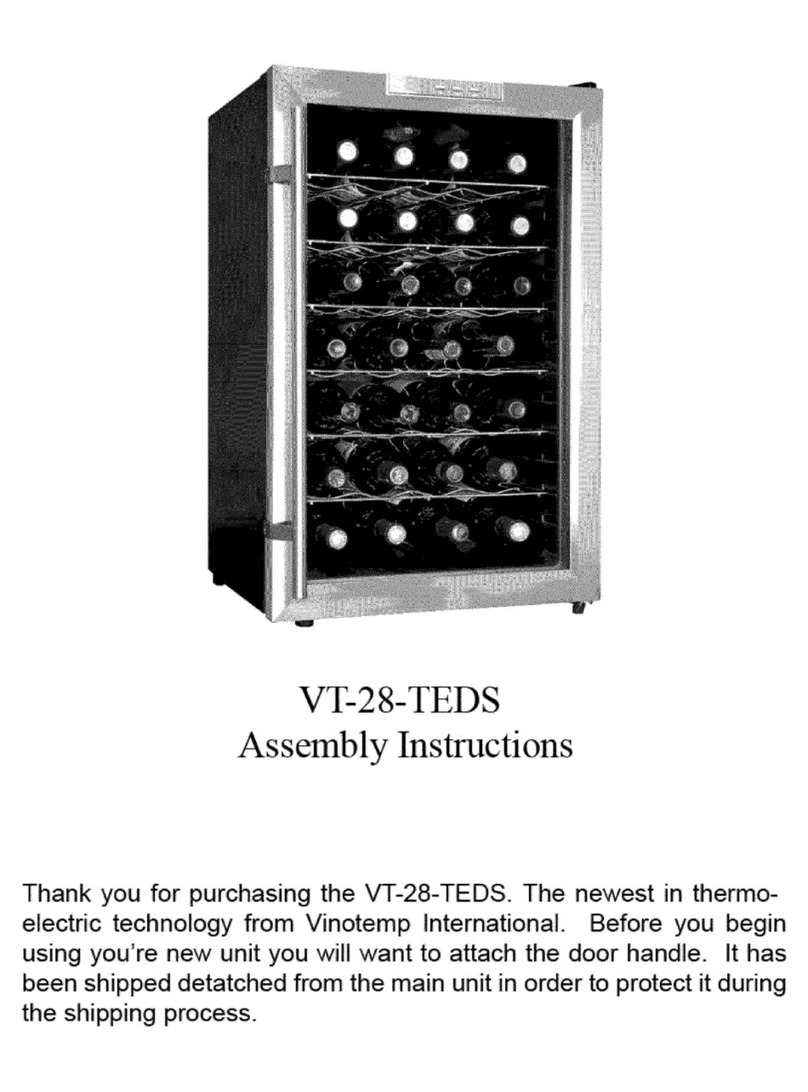
Vinotemp
Vinotemp VT-28-TEDS User manual



